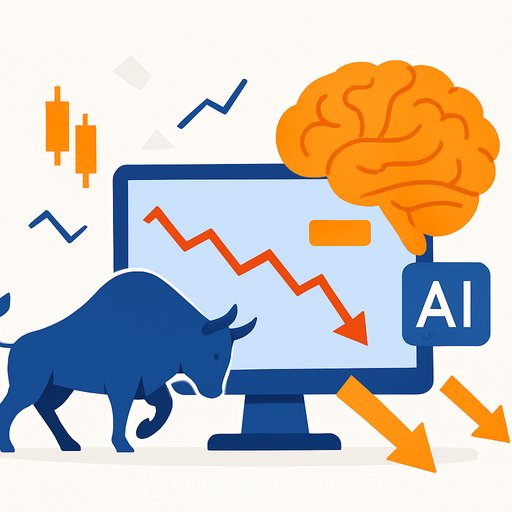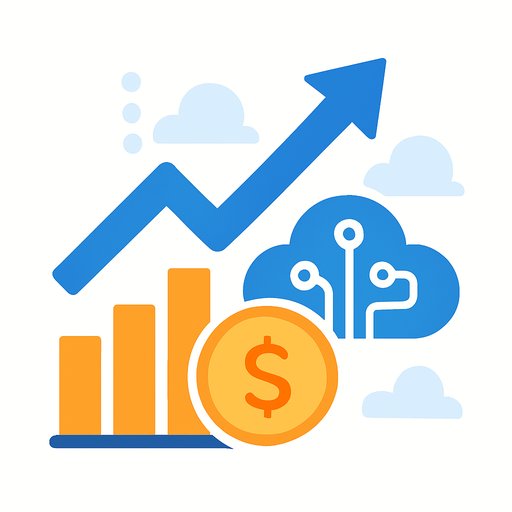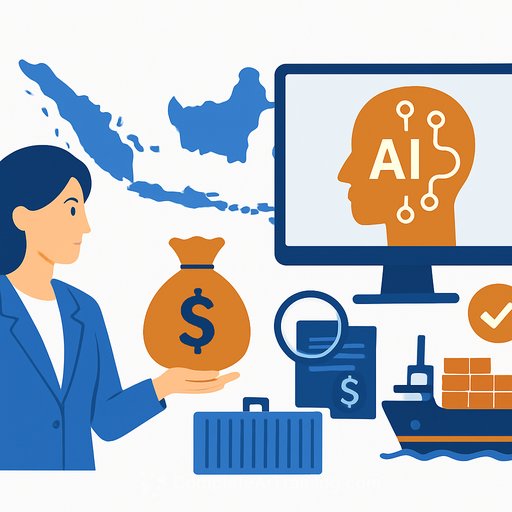AI Trading: Precision Promises and Hidden Bias Risks
AI-powered trading tools are becoming widespread, reshaping how financial markets operate with promises of speed and accuracy. Yet, beneath these promises lies a critical risk—data bias. Ignoring this can expose traders and brokers to unexpected financial losses, systemic risks, and increased regulatory scrutiny.
When Algorithms Intensify Bias
AI trading systems rely heavily on the data they are trained on. If that data contains biases, the AI will likely amplify them. Experts in quantitative finance emphasize that AI lacks human context and understanding of real-world subtleties crucial for accurate market predictions.
One common issue is recency bias, where AI models overvalue recent market movements, mistaking short-term momentum for genuine trends. This problem has been pointed out by critiques of leading quant research and academic studies.
Moreover, AI struggles with unprecedented events or crises outside its training data. Without human oversight, AI can reinforce historical biases and deliver skewed results, especially in volatile markets. This calls for a hybrid approach combining AI insights with human judgment.
Regulatory Attention Intensifies
Regulators are increasingly focused on the ethical and financial risks of bias in AI trading. The EU’s AI Act and GDPR demand transparency and accountability in AI systems. Industry leaders stress the need to move away from opaque "black box" models toward fully auditable systems.
Experts argue that AI trading models are more adaptive but also more opaque than traditional algorithms, requiring stronger controls and ongoing supervision. High-risk AI systems should face stringent documentation, stress testing, and real-time monitoring to prevent compliance breaches and market instability.
The Bank of England’s Financial Policy Committee warned that autonomous AI trading models might exploit market stress for profit, amplifying volatility without explicit human guidance. Meanwhile, the UK Financial Conduct Authority has expressed concern that AI development may outpace regulatory capabilities, challenging market oversight.
A recent Finance Watch report calls for stricter data audit standards to prevent biased algorithms from engaging in inadvertent collusion, which could disrupt liquidity and fairness—a concern echoed by researchers at Wharton.
Algorithmic Collusion: A New Market Risk
Algorithmic collusion occurs when AI systems unintentionally coordinate competitive behaviors like synchronized pricing or bids, creating herding effects that distort markets. This can happen even without explicit human coordination.
There are two main types: one where AI learns collusive strategies, and another where even simple models cause destabilizing effects in noisy, speculation-driven markets. Simulations show that unsophisticated AI bots can reduce liquidity and distort prices, generating excess profits for operators.
Industry leaders observe increasing concerns about herding and unintended collusion, pushing for smarter risk management platforms. Decisions that once took hours now need to be executed in seconds, raising challenges for oversight.
Regulators face difficulties enforcing rules due to AI’s opacity and the “problem of many hands,” where responsibility is diffuse. Experts warn that data is not neutral, and AI’s performance often trades off against transparency. Calls for enforceable explainability and accountability standards are growing among watchdogs like the SEC and the EU Commission.
Brokers as Responsible Stewards
Senior brokerage professionals advocate for responsible AI use by combining machine insights with human expertise to handle complex market situations. This includes regular audits of data, stress tests under extreme conditions, and maintaining clear, explainable decision logs.
Education is key. Knowing why an AI system made a decision is critical for managing risks effectively. Logging and auditing should be regulatory priorities rather than forcing rigid standardization.
The Path Forward
AI adoption in finance is accelerating—UK firms increased usage from 9% in 2023 to 22% in 2024. Oversight mechanisms struggle to keep pace. According to the OECD, AI is deeply embedded in core financial functions like trading, robo-advisory, surveillance, and compliance.
Clear awareness of AI limitations, ethical standards, and transparency are essential for market stability. The focus must be on smarter oversight: regulatory clarity, continuous education, real-time risk monitoring, and shared responsibility.
Brokers who actively manage AI risks by addressing data bias will improve decision-making, meet regulatory expectations, and build client trust. Innovation cannot slow down, but vigilance and understanding of AI’s hidden risks will provide the real edge.
For finance professionals interested in gaining practical skills on AI applications and risks, explore comprehensive training options at Complete AI Training.
Your membership also unlocks:






